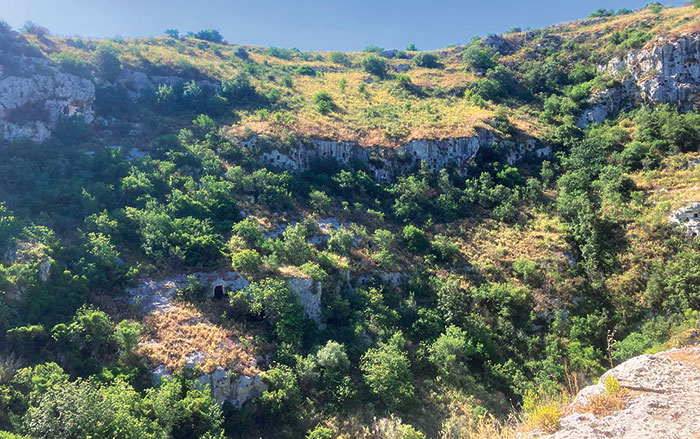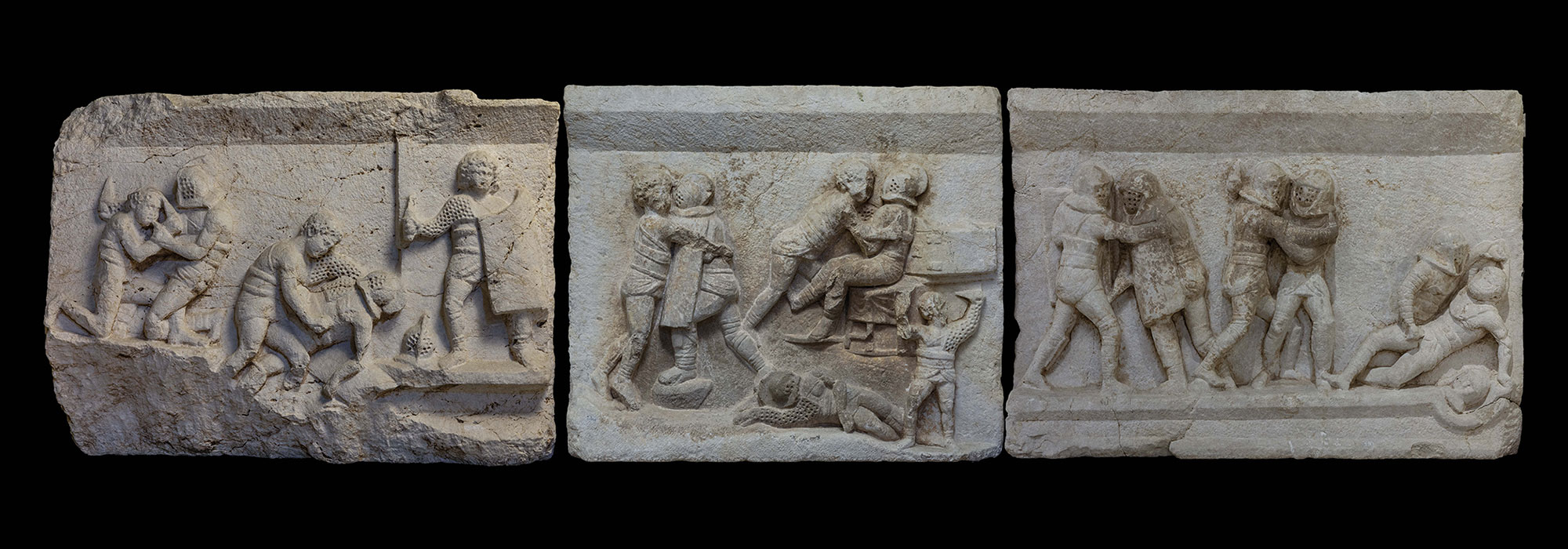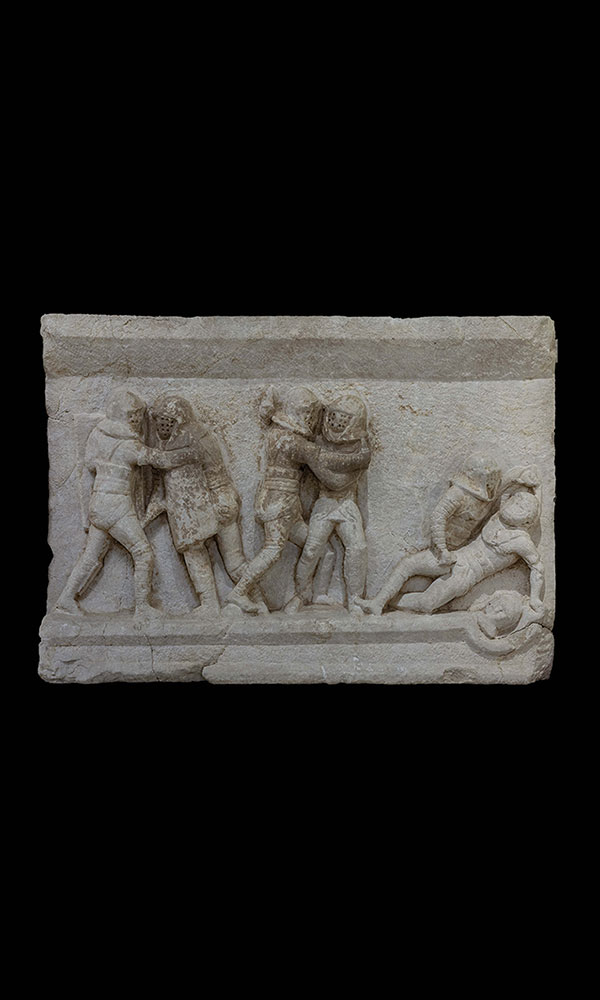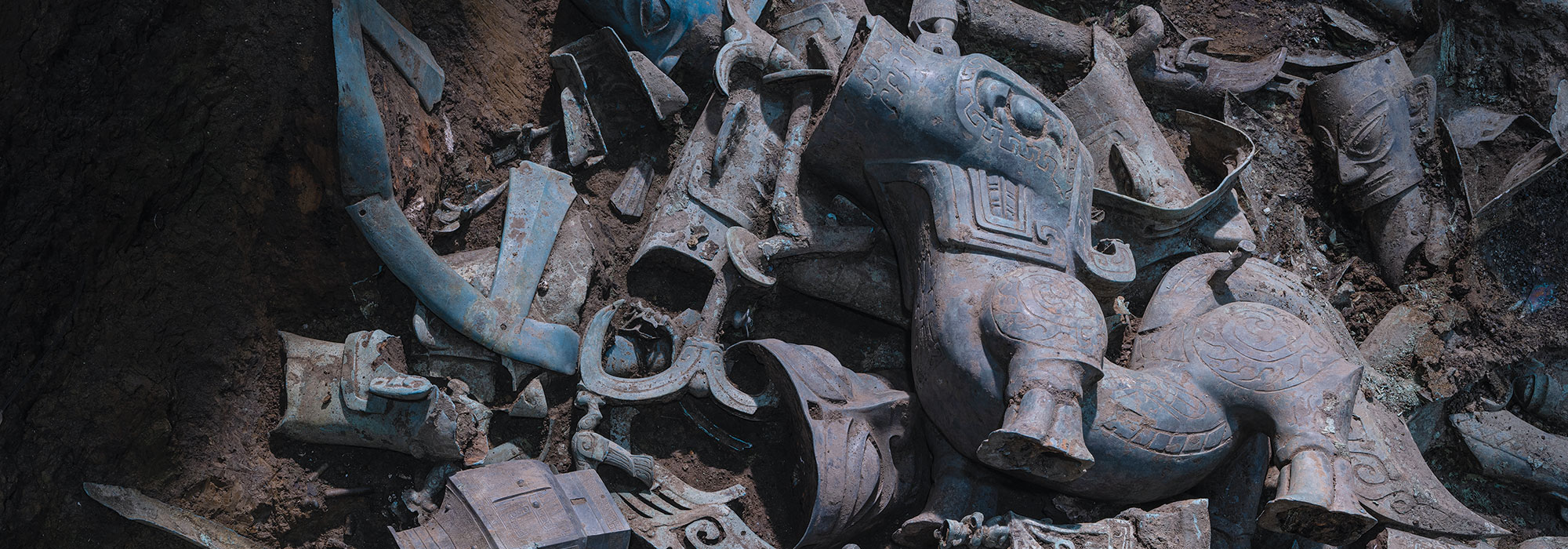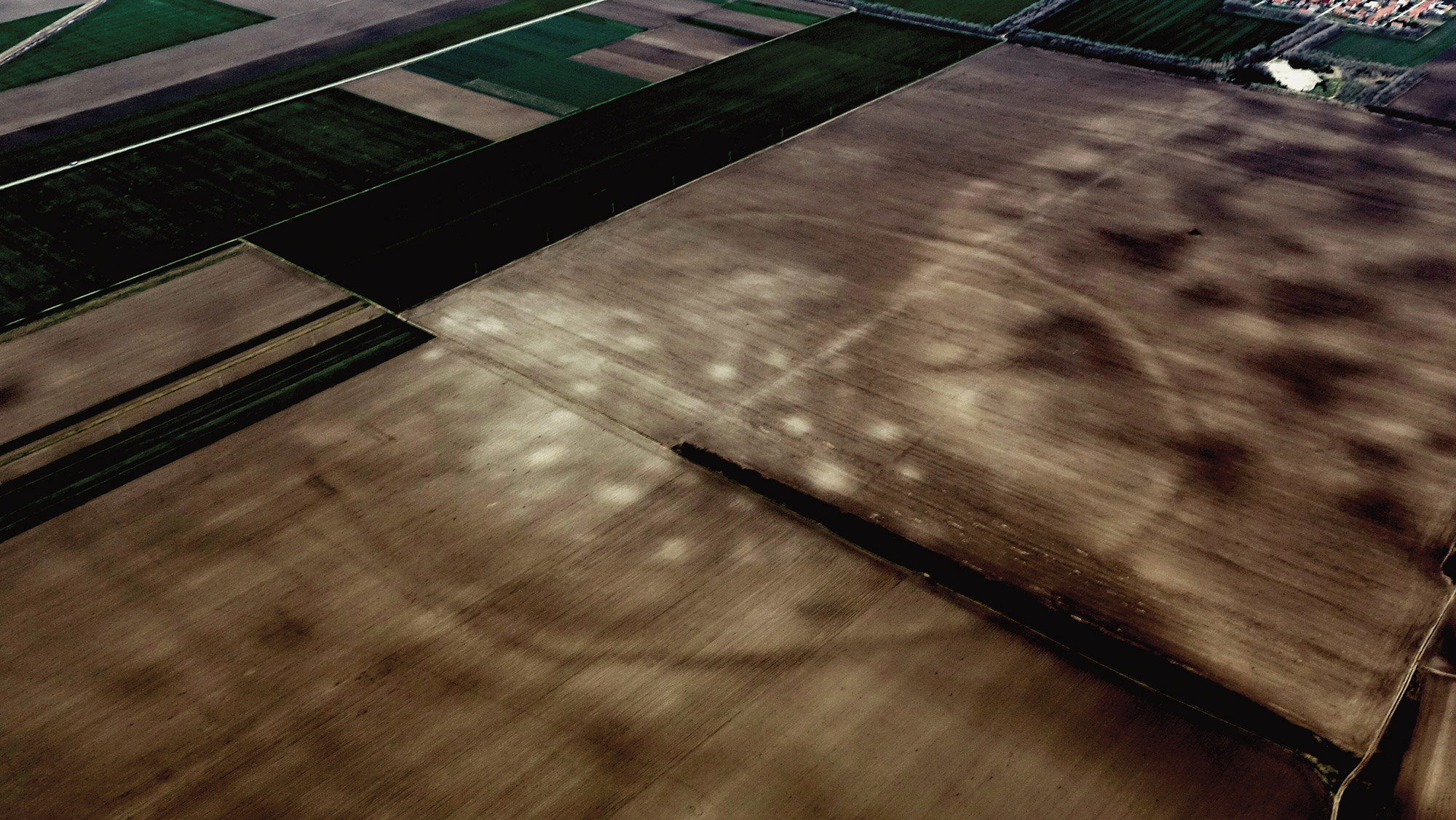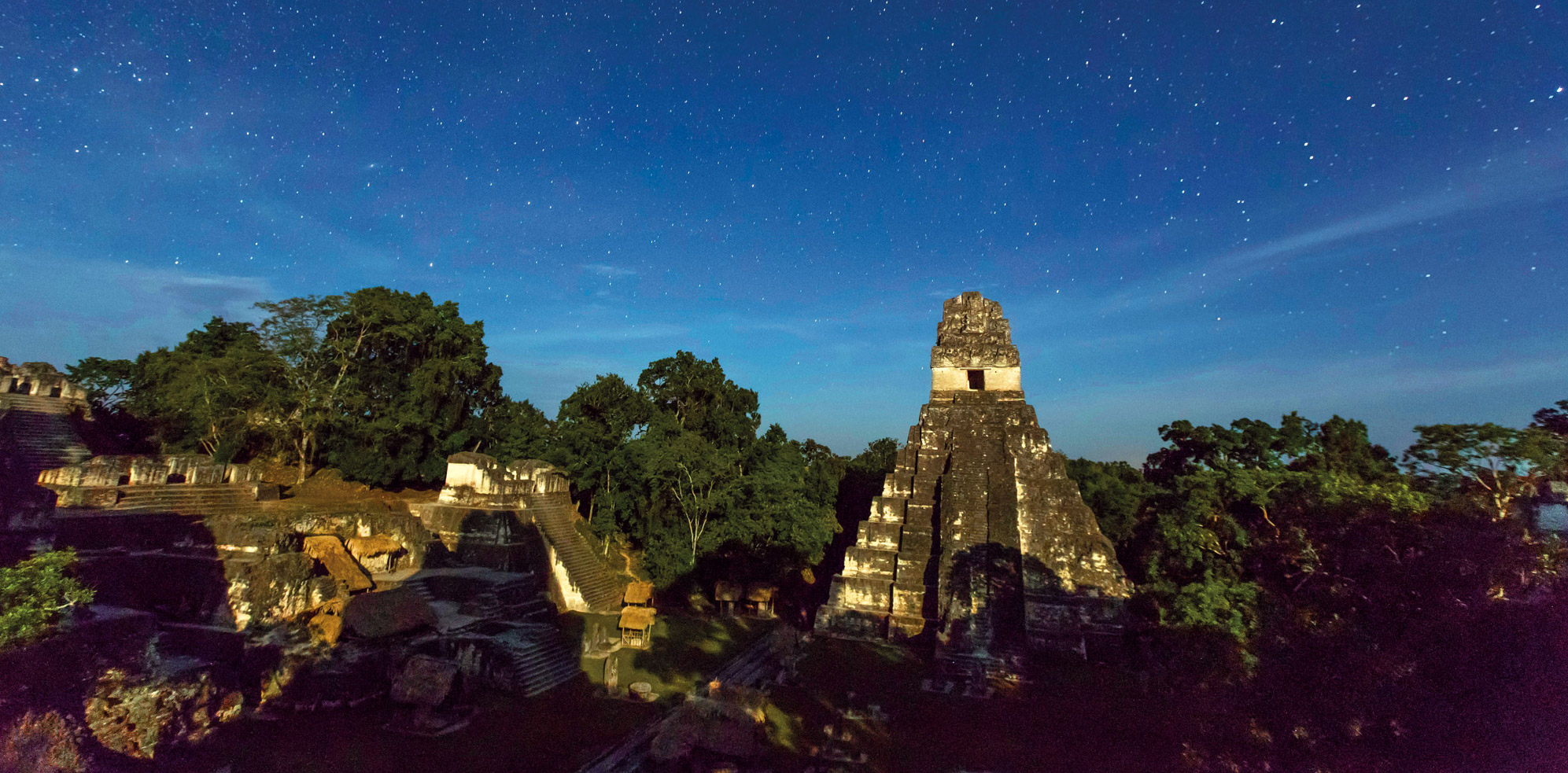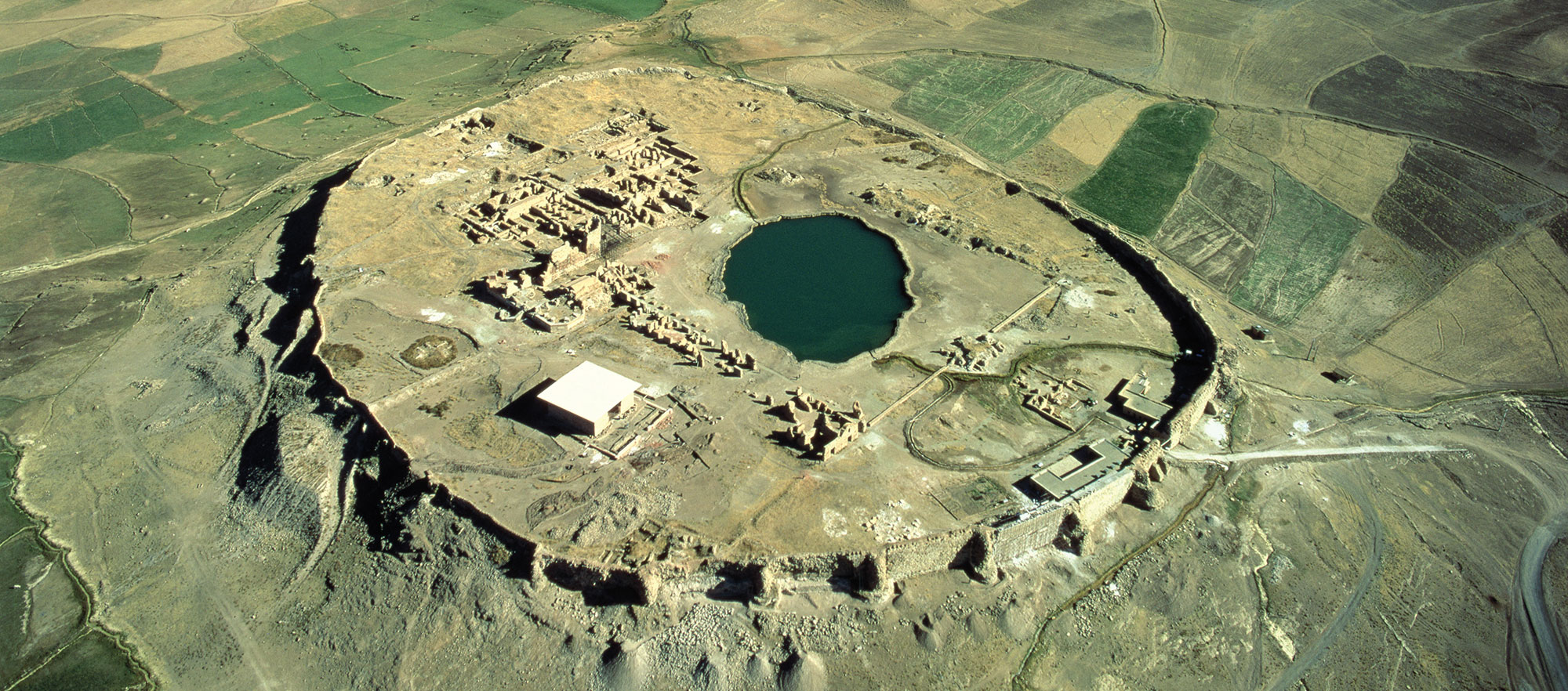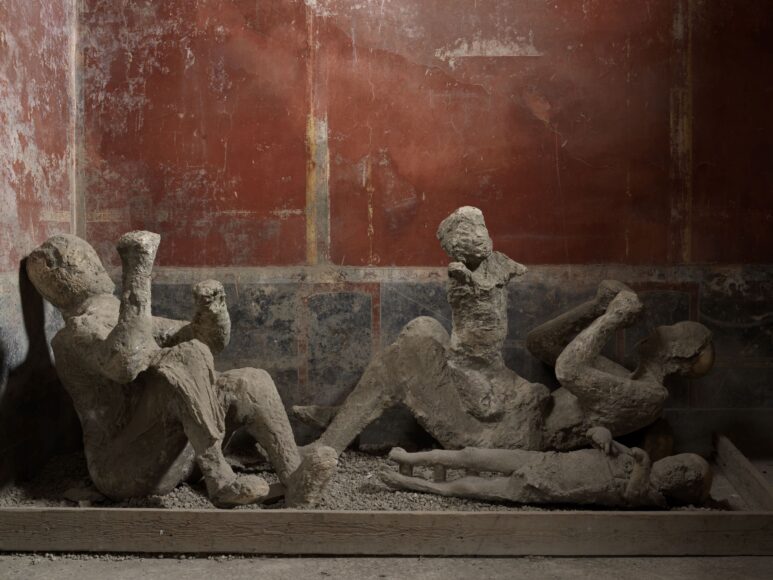
FLORENCE, ITALY—According to a report in The Guardian, analysis of DNA obtained from bone fragments in 14 plaster casts of human remains from Pompeii offers new information about individuals who died in the eruption of Mount Vesuvius in A.D. 79. Four of the victims, who found beneath a staircase in a structure dubbed the House of the Golden Bracelet, had been interpreted to be two children, a father, and a mother, who was wearing a bracelet on one arm at the time of her death. The DNA analysis, which was conducted by an international team of scientists led by Elena Pilli and Stefania Vai of the University of Florence, reveals, however, the person wearing the bracelet was male, and that he had black hair and dark skin. The study also found no genetic link between him and the two children, who were also found to be male. The second adult in the group may also have been male, the researchers added, explaining that the study indicates that the four members of the group may have been migrants to Italy, or were descended from migrants to Italy. Meanwhile, two individuals found in an embrace in the House of the Cryptoporticus have long been thought to have been a mother and daughter, two sisters, or a pair of lovers. But the DNA analysis indicates that one of the pair was male, and that the two were not related through the female line. The study did confirm that a victim found alone in a room in the Villa of the Mysteries was male, as had been previously suggested, and that he was probably a Pompeii local. For more on the House of the Golden Bracelet and the bodies found within, go to "Family History."





